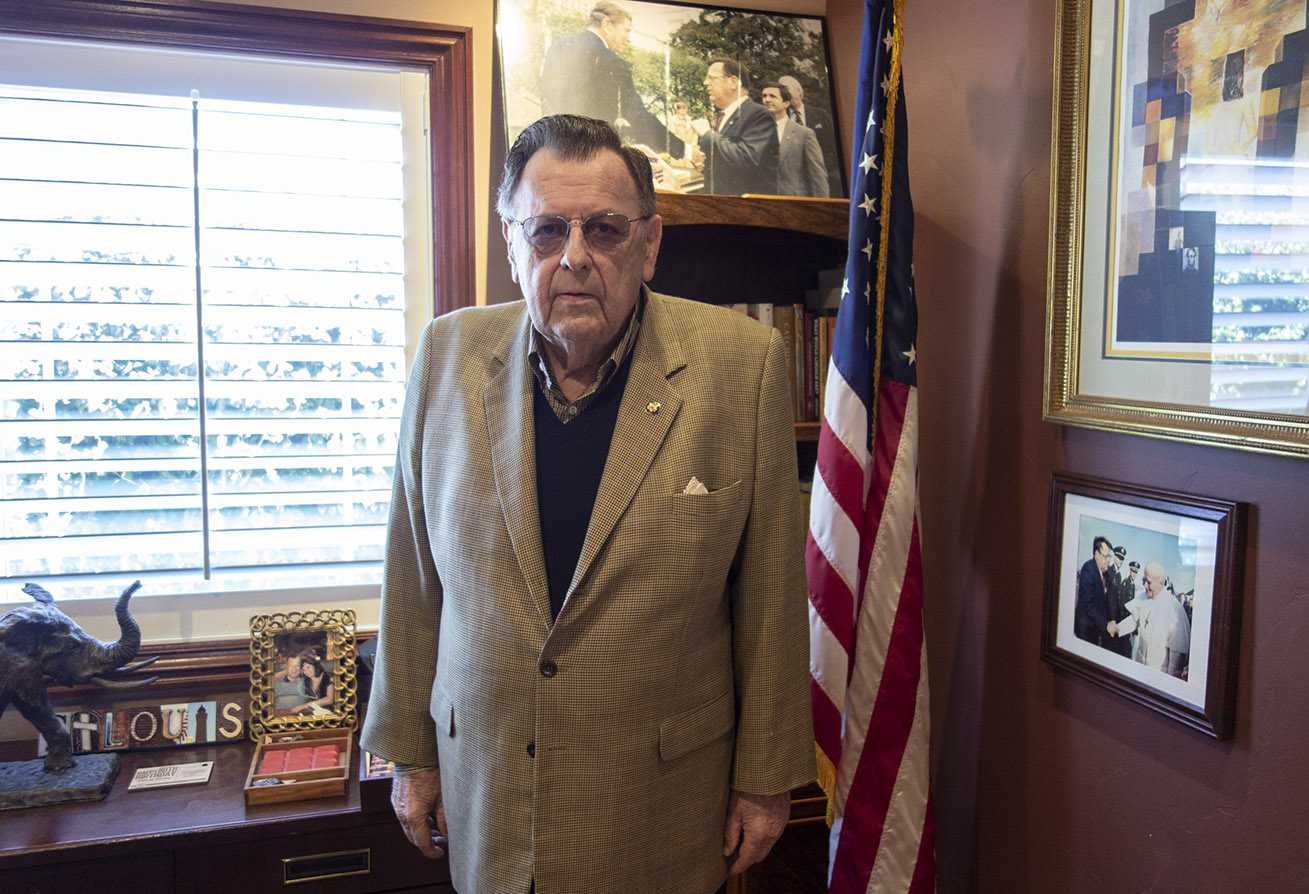
The Hungary Today team have been kindly welcomed by former Congressman Ernest 'Ernie' Konnyu at his private San Jose residenceContinue reading
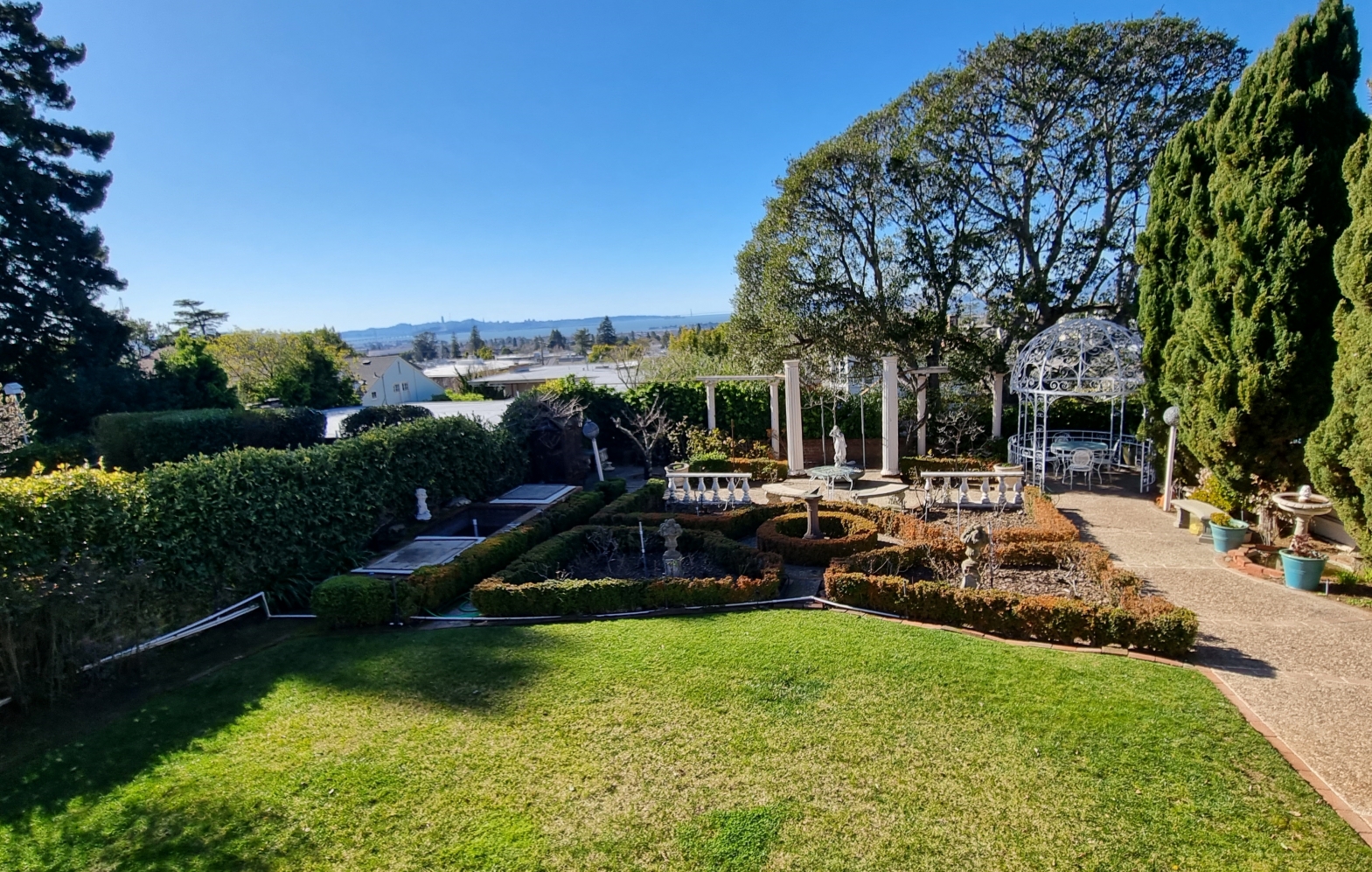
The picturesque gardens often host concerts and lectures.
The Hungary Today team was welcomed in the Orly Museum of Hungarian Culture in Berkeley, California by its directors, sisters Ilona Örly Magyary and Elvira Örly Machell. Though third generation Hungarians in the United States, both speak fluent Hungarian and guided us through the collections with great expertise. For the sake of brevity, the following report will contain the voices of both directors without separating them.
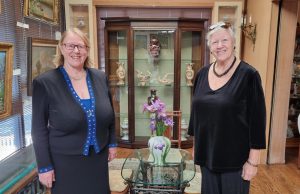
Sisters Elvira (L) and Ilona (R) Örly, directors of the Orly Museum. Photo: Hungary Today
According to their mission statement, the Orly Museum of Hungarian Culture (OMHC) “is to raise awareness and appreciation of Hungary’s rich culture, throughout its long and eventful history in Europe and its connections to the United States. Exhibits and cultural events provide interactive experiences that are relevant and inspiring to people of all ages, whether Hungarian, American or from other backgrounds.”
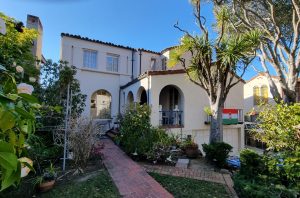
Entrance to the Orly Museum in Berkeley. Photo: Hungary Today
The Örly Sisters founded the Museum to benefit the Hungarian community, and honor their parents. Their father, Cyrill V. and mother, Elvira M. Örly, were born in California, the children of Hungarian immigrants who came to the United States in the early 1900s from Szatmár, Arad, and Ungvár, Hungarian cities that were transferred to Romania and Ukraine respectively in the Treaty of Trianon (1920) after World War I. Through three generations, the Örly family has had deep ties to the Hungarian community in the San Francisco Bay Area and beyond. After World War II, and again after the 1956 Hungarian Revolution, Cyrill and Elvira helped newly-arrived Hungarians.
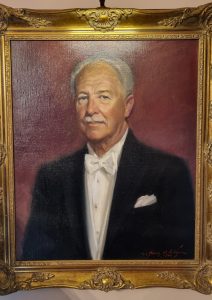
A portrait of Cyrill V. Örly displayed in the Museum. Photo: Hungary Today
The Örly sisters themselves were raised in Berkeley, in the home housing the collections. They grew up going to the Hungarian ball, which their father arranged, and were active in the Hungarian church. There were countless social and cultural events held at their house in the sixties. Various well-known personalities have attended their events, such as poet Tibor Tollas and renowned composer Zoltán Kodály.

Elvira unfolding the Hungarian flag from the Museum’s balcony. Photo: Hungary Today
When their parents passed away, they have left behind a rich and unique collection of objects related to Hungary, which they spent their lifetime collecting. Elvira and Ilona realized that other people could see and enjoy these artifacts just as much as they do, and instead of taking all these objects to their own houses, they made them available for others to appreciate them in the form of an exhibition.
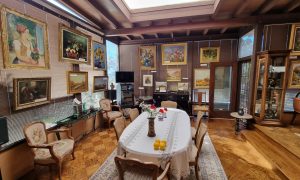
Photo: Hungary Today
The place is meant to provide opportunities for Hungarians and Americans to come and learn about Hungarian culture, say Elvira and Ilona. There are musical instruments, paintings, porcelain objects, wood carvings, etc. They are especially proud of their unique collection of cimbals (cimbalom), a type of chordophone composed of a large, trapezoidal box on legs with metal strings stretched across its top and a damping pedal underneath.
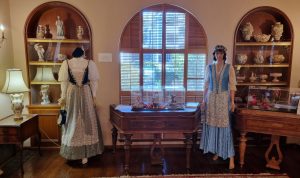
Traditional cimbals in the center and bottom right. Photo: Hungary Today
There are other exhibits, too. There is a connection between the US and Hungary that most people do not even realize: it was Hungarians who founded the US cavalry. After the 1848-49 revolution in Hungary, a lot of the Hungarian military left and came to the US. Many of them ended up fighting on the side of the north during the American Civil War.
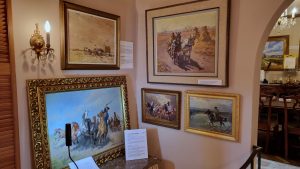
Photo: Hungary Today
However, the main purpose for the museum is education. It is to provide the opportunity for people to learn about Hungarian culture. For instance, they receive visitors of Chinese origin who simply see the museum advertised on the internet. People are curious about other people’s culture, especially in California, where there is a wide variety of ethnicities. This sort of approach is prized here in the Berkeley community, say the sisters.
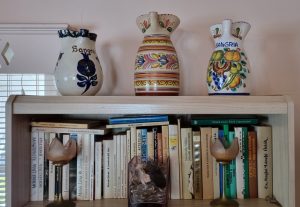
Photo: Hungary Today
There are copies of famous paintings, whose originals are hanging in the National Gallery in Budapest or other national institutions. Visitors can also read write-ups about the very history that these paintings portray.
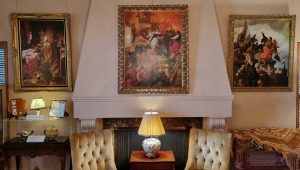
Photo: Hungary Today
The museum is open on the second Saturday of every month from 2 to 4pm. It is also open for special events. It is structured so that people are welcome to come and see the collection free of charge. They do not have to buy a ticket but they can give a donation if they wish to. Some people donate large bills, others whatever they can afford. When you get 2-3 people who donate 20 dollars, then it adds up nicely, say the sisters. It all helps to pay the bills for the house, but of course these come nowhere near to what is needed to maintain this wonderful space.
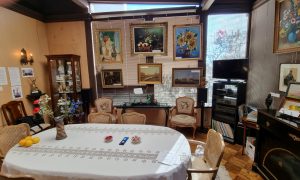
Photo: Hungary Today
Beautiful objects were donated to the museum in the past from families who treasured them, but think that their children have no appreciation for them. People have sent many things that are not on display because there is simply not enough room for them. There is a large library with books about Hungary, or books in Hungarian, which people can borrow in case they want to read them.

A carefully selected collection of Hungarian porcelain and ceramic objects is also displayed in cabinets. Photo: Hungary Today
The Örly sisters think that the educational system in the US does not focus on the lesser countries outside of Germany or England, and does not provide any background on Central Europe. People are not aware of the Austro-Hungarian empire, for instance. “So we tell them that Hungary has been a country for more than a thousand years, and we tell them a little about the origin of Hungarians, how they came across from the steppes in Asia. We tell these things to people with very limited knowledge about Hungary. But there are people who come and say that, oh, my grandma was Hungarian, and she cooked wonderfully,” reminisced the Örly sisters.

San Francisco’s famous Golden Gate bridge can bee seen from the garden. Photo: Hungary Today
A lot of Hungarians living in the area are anxious for their children to learn English. Therefore, they do not necessarily speak that much Hungarian around their children, which is a very sad thing, say the Örly sisters. When they were growing up in the house, they were always aware that they were slightly different than everyone else. They spoke a second language that is. “This never disturbed us: you can do both, you can be an American, and one with a Hungarian heritage. To know about both cultures and participate in both. It is not a stigma to have a second culture,” they added.
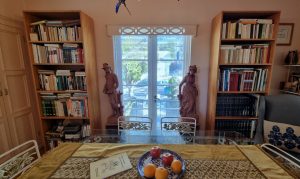
Photo: Hungary Today
“There is a joke that says, use different languages to speak for different purposes. And in the list of things, when you talk to horses, you talk to them in Hungarian,” joked the museum directors.
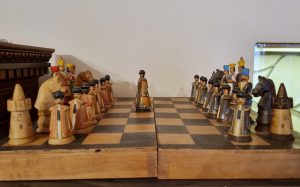
Chess set with Hungarian folk motifs. Photo: Hungary Today
The artifact that elicits the most surprise with visitors is the displayed map of historic Hungary. They are always shocked by the fact that the country had lost two thirds of its territory in the 1920 Versailles peace treaty after WWI.
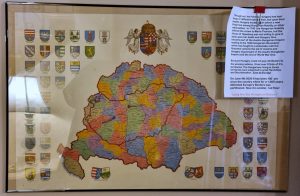
Historic map of pre-WWI Hungary. Photo: Hungary Today
Very few people are aware of the fact that the directors’ father, Cyrill Örly, is the inventor of the internationally recognized symbol for radioactivity. There is even a letter from the Berkeley National Laboratory acknowledging his role in creating the well-known sign.

Photo: Hungary Today
Featured Photo: Hungary Today